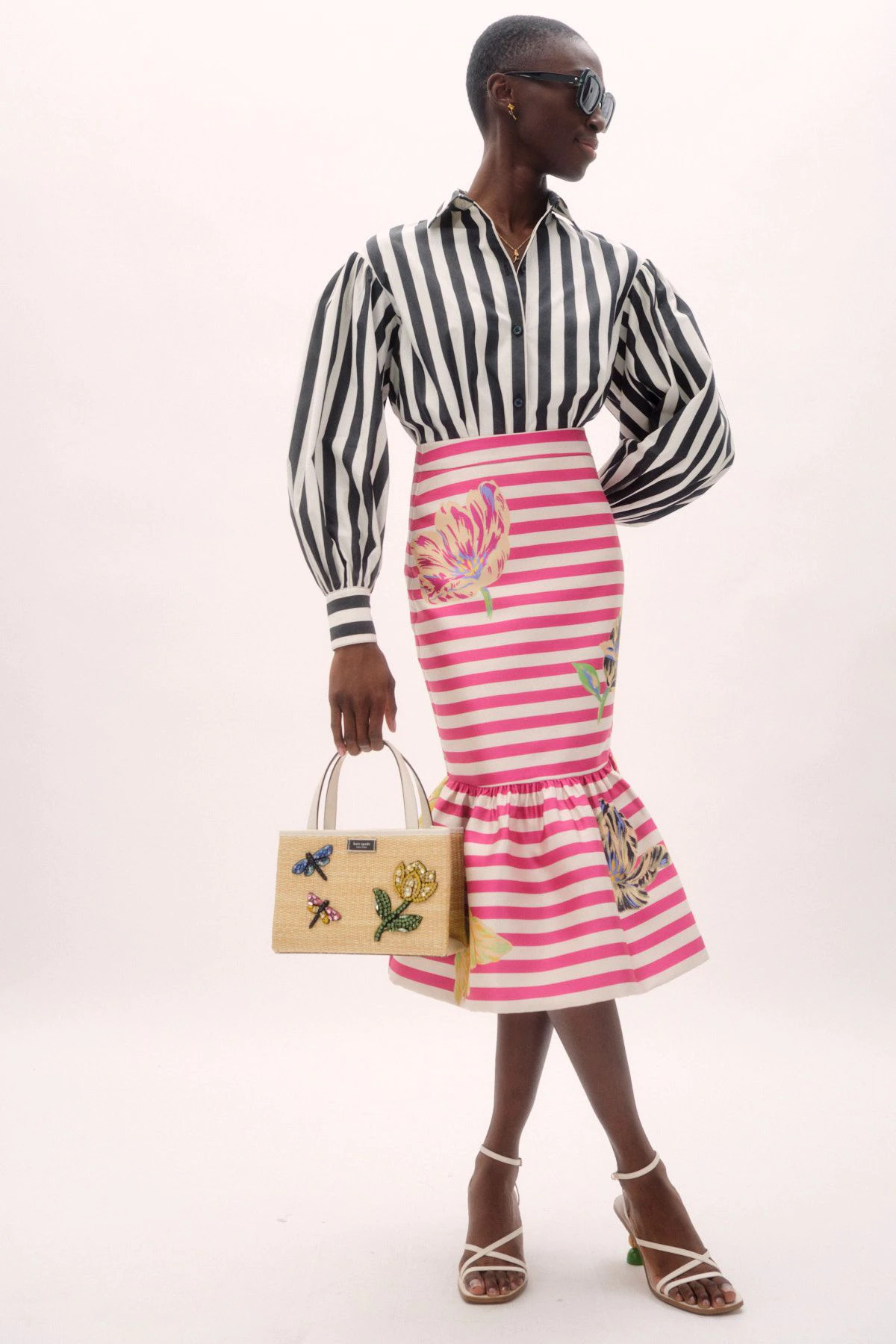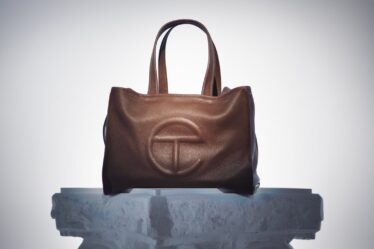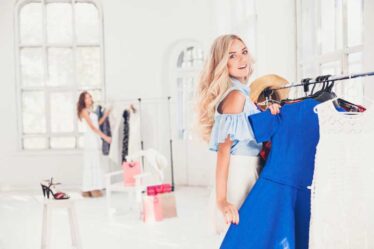
It’s been 18 months since Kate Spade’s creative director exited. The brand isn’t looking for a new one, chief executive Liz Fraser tells BoF.
“I really don’t think this is the kind of brand that should have one person at the table,” Fraser said. “The best thing for us was to revert to our origin story, which was a collaboration of creatives.”
The Tapestry-owned company, which saw sales increase 22 percent in the fiscal year ending in August, has instead hired two design veterans to help fill the role vacated by creative director Nicola Glass.
Jennifer Lyu, from Tory Burch, will be Kate Spade’s new head of design for leather goods and accessories. Tom Mora, a former creative director at Cole Haan, will be head of design for ready-to-wear, footwear, jewellery and everything else.
Lyu and Mora will work alongside a newly created team of marketers and branding experts, a committee that would replace the role of a creative director. “This new structure enables the storytelling and the product to develop naturally together,” Fraser added.
For years, Kate Spade had troubles growing. In the late aughts, under then-creative director Deborah Lloyd, the brand became a licensing powerhouse, launching myriad products in the home space. It turned out to be a winning strategy. But by the time Glass, Lloyd’s successor, left the company in March 2021, it was struggling to recover in the aftermath of the pandemic, even when its competitors experienced a dramatic boom in demand.
The key thing again and again in handbag land is balancing creative with merchandising and inventory management.
Now, with her new team in tow, Fraser has brought back some of Lloyd’s tactics, pursuing the strategies that made Kate Spade a runaway success decades ago, including product category expansion and the relaunch of archival pieces, like its famous box-shaped Sam bag from the 1990s.
“The key thing again and again in handbag land is balancing creative with merchandising and inventory management,” said Oliver Chen, a retail analyst at Cowen.
Return to Form
In its most recent previous iteration, Kate Spade, under Glass and then-chief executive Anna Bakst, backed away from its signature novelty pieces — bags in the shape of fruits, animals and a champagne bucket — and reduced its homeware offering.
Handbags today make up the majority of Kate Spade’s total sales, but the goal is to ramp up the share of other products again, such as clothing and licensed products like bedding, stationery and kitchenware, which will be Mora’s primary objective. The brand currently has more than 30 product categories.
By offering a wider array of products, the brand can capture the customer at various stages of life, Fraser said. “For instance, if your graduation gift is Kate Spade jewellery, we know you’re more likely to put Kate Spade on your bridal registry,” she added.
The brand has also slowly reintroduced novelty pieces, which make up 8 percent of total assortment but are the main attraction for many of its most loyal customers. The task at hand for Lyu will be to incorporate novelty and a strong core collection with a sense of cohesion.
“It needs a balance of fun, interesting bags that people can collect and then a solid core collection too,” said Chen. “And then figuring out the right strategy to pursue licensing will drive brand heat and relevance.”
Opportunities for Growth
In addition to a revamped product assortment, Kate Spade will continue to raise its handbag prices by a low double digit percentage, after a 15 percent increase last year.
“If you put the product out there that she likes, as long as we’re at an accessible price point, she’ll pay,” Fraser said.
The brand is also anticipating growth in markets like Europe and Southeast Asia. Soon, it will be launching a new store concept in its Chengdu location in the coming months and will roll it out to other outposts.
If you put the product out there that she likes, as long as we’re at an accessible price point, she’ll pay.
This week, it will showcase its spring 2023 collection at New York Fashion Week, returning to a presentation format instead of runway, which was favoured by Glass.
“We’ve done a lot of soul searching and we looked at what are the strengths of Kate Spade, what is that magic, and what are the things that we are especially good at,” Fraser said.


